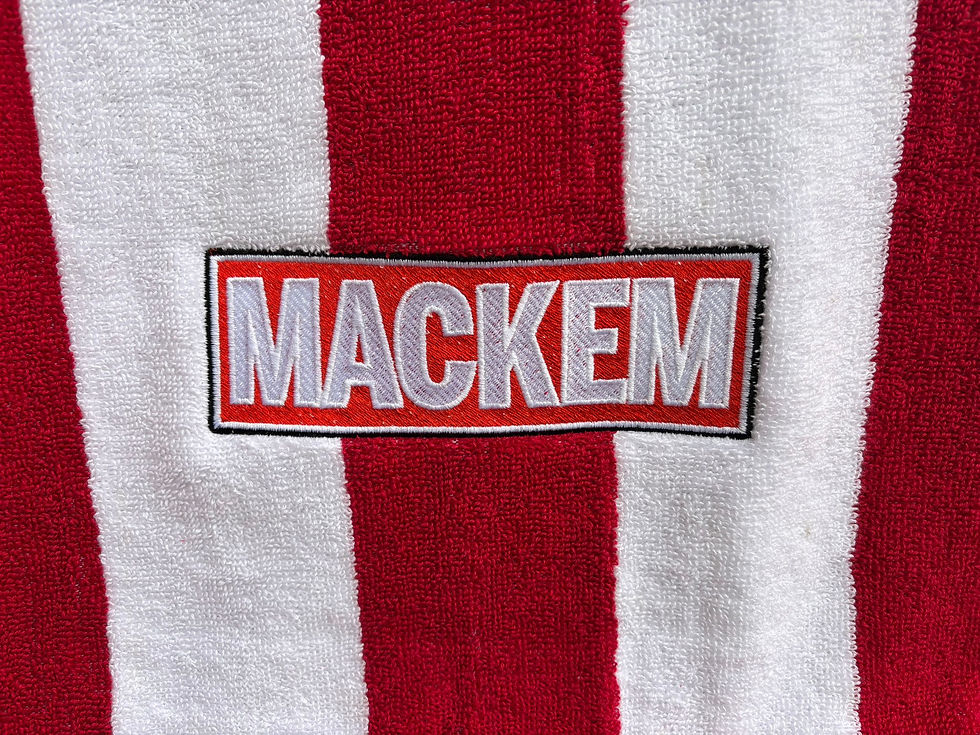PL STADIUM INFO (PART THREE)
- BY BEN HARDIE
- Jun 25
- 4 min read

Sunderland are back in the top flight for the first time since 2017 and as such, there are several stadiums we will be playing in that we haven't seen in a while or not at all. Here's the third and final part of a series of articles giving you some information on next season's venues.
MANCHESTER CITY
Temporarily restricted to 52,900 seats because it is currently being expanded to a capacity of 61,470, the Etihad Stadium currently ranks number six in terms of largest Premier League stadiums. Originally constructed to be the main venue of the 2002 Commonwealth Games, in 2003 it was converted into a football stadium and became the home of Manchester City. It has been used as a venue for a Women’s Euros (in 2005) and for a UEFA Cup final (in 2008). There has been some doubt over how appropriate it is to call Man City’s stadium “Etihad” as this word, in Arabic, can be translated to mean union or unity, or in other words, “united”. Given that their main rival is, of course, Manchester United it has caused some controversy, it does seem like a dubious link to be honest however.
MANCHESTER UNITED
Old Trafford was once one of the showpiece stadiums of English, and also European and world, football. At over 110 years old now though, its age is beginning to show and maintenance issues consistently plague the ground. The fact that it wasn’t selected to be one of the venues for the upcoming European Championship in 2028 is a perfect example of its declining status. “The Theatre of Dreams” played a role in the 1966 World Cup, 1996 European Championship and was where the 2003 Champions League final took place. Its days now look numbered, with plans now drawn up to move the Red Devils to a new 100,000 seater stadium. A sad fate for such an historic ground and for the biggest ground in the Premier League, holding 74,197.
NEWCASTLE UNITED
One of St James’ Park’s stands, the Gallowgate, owes its name due to it being the site of executions in days gone by. First used for football in 1880, it has been occupied by Newcastle United since 1892 and has previously been used by the defunct Newcastle Rangers and Newcastle East and West End. Owned by Newcastle City Council it was last renovated in any major way in the year 2000 but difficulties in expanding the ground beyond its current capacity of 52,305 (ranking as eighth biggest in the top flight) due to listed buildings as well as other factors means the stadium’s future is up in the air. A move away could be on the cards but no formal plans have been drawn up yet and packing up from St James’ has been a discussion point many times before in Newcastle United’s history. Located just 13 miles from the Stadium of Light it is our shortest league away trip by quite some distance.
NOTTINGHAM FOREST
The City Ground isn’t actually located in Nottingham but rather in the nearby town of West Bridgford in the Borough of Rushcliffe just across the River Trent. Currently the home of both Nottingham Forest’s men’s and women’s teams it first opened in the year 1898 and was a host stadium for the 1996 Euros. 30,404 is its present capacity, making it the sixth smallest in the top flight. Just 300 yards away is the home of Notts County, Meadow Lane, meaning this stadium is part of the two closest professional football grounds in England.
TOTTENHAM HOTSPUR
As of the start of this season, Sunderland have never played any game with the senior team at the appropriately named Tottenham Hotspur Stadium. Costing a whopping £1 billion to make, it has some notable talking points as a result. The South Stand is single-tier and with its capacity of 17,500 it is the largest single-tier stand in the country, the pitch is retractable to make way for an American football pitch when needed and there are separate changing facilities for both sports, there is also a bakery and brewery located inside. It holds a maximum of 62,850 people, ranking as the second largest in the Premier League.
WEST HAM UNITED
West Ham United’s move to the London Stadium was controversial and it still does have a feel of being an athletics stadium used for football rather than multipurpose, mostly due to the fact the stands are so far from the action. Originally constructed to be used as the centrepiece for the 2012 Olympics, it then had its 80,000 capacity reduced to a present capacity of 62,500 (the third largest in the top flight) and the bidding process to become its new tenants was won by West Ham. The ground is also used for motosport and baseball, amongst other sports and was once used as the venue for a National League playoff final.
WOLVERHAMPTON WANDERERS
The Molineux Stadium is probably most notable for having a very long away end that goes from one end of the stand to the other off on the side of the pitch, supposedly making it difficult to generate a decent atmosphere. The first ever UEFA Cup final, in 1972, was held here. Currently holding 31,750 (the seventh smallest in the Premier League) there are some provisional plans to expand to 50,000 at some point in the future.




















































